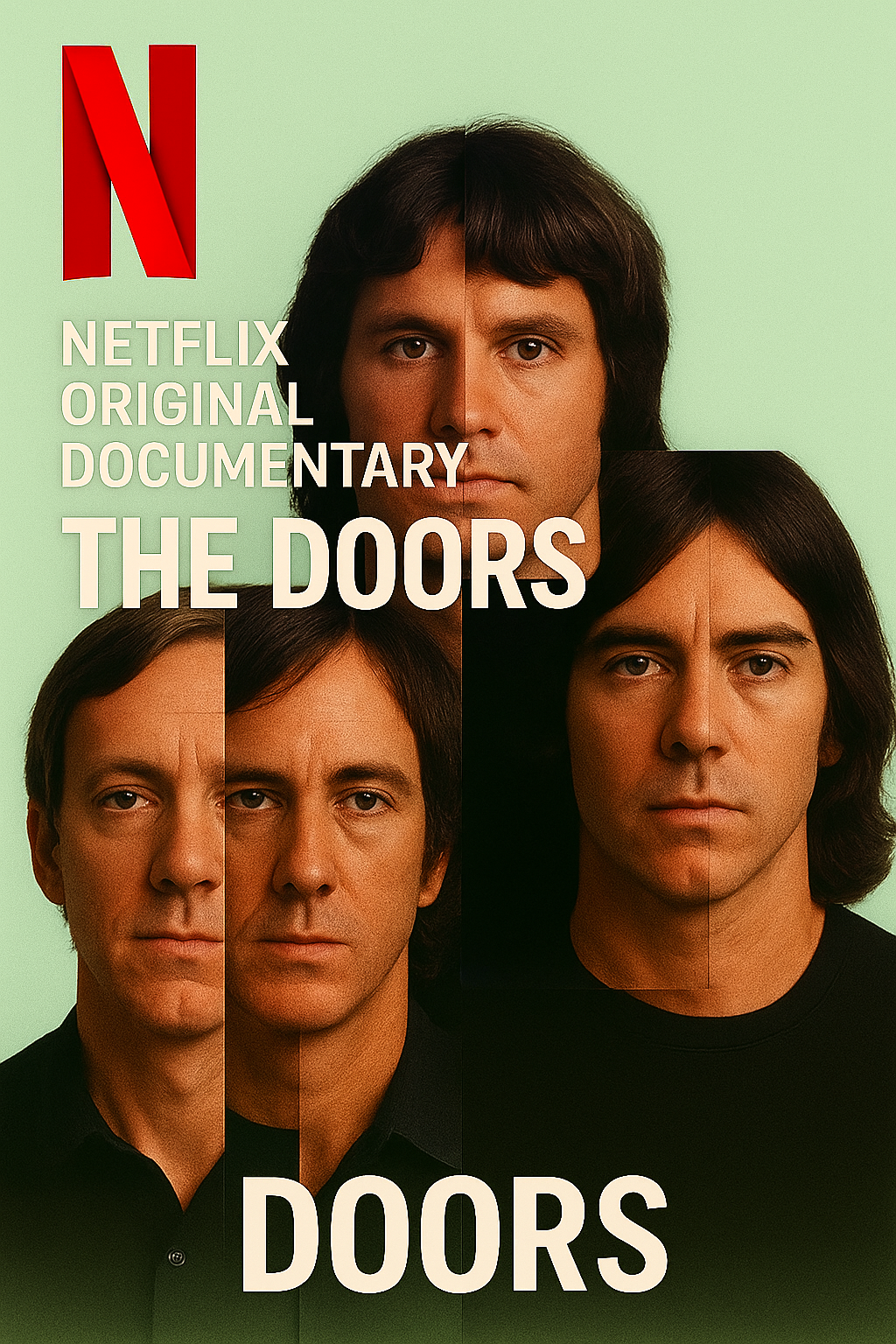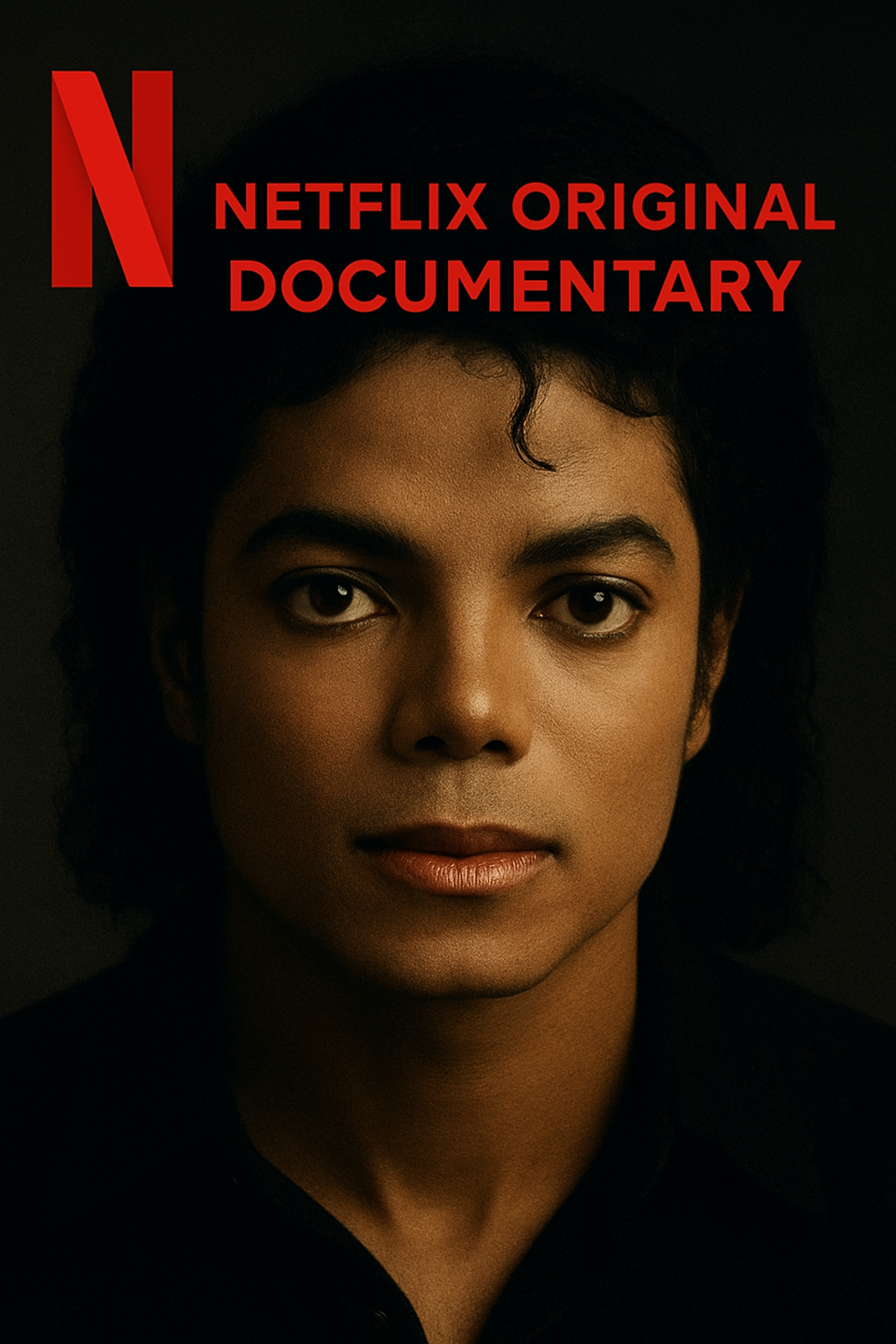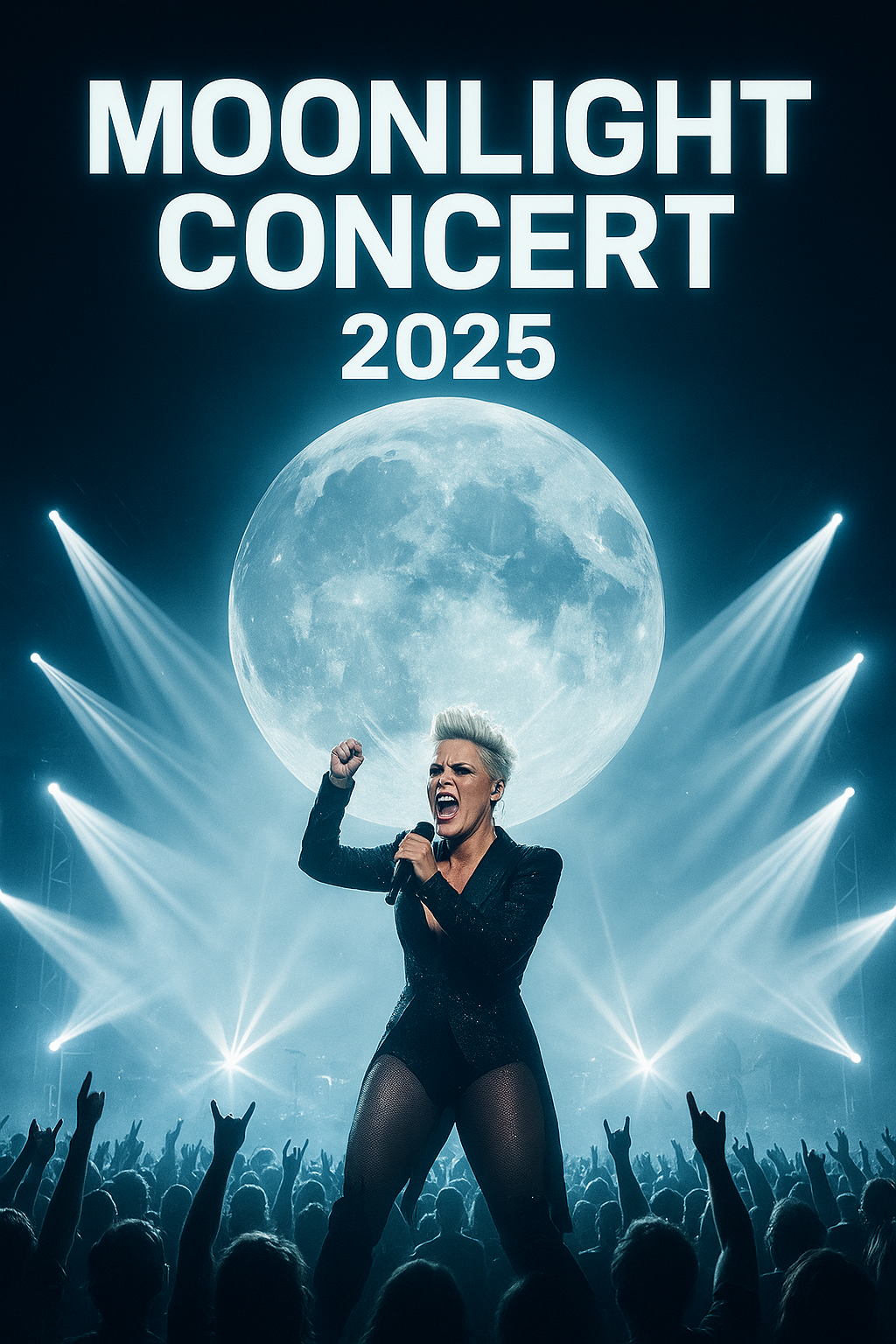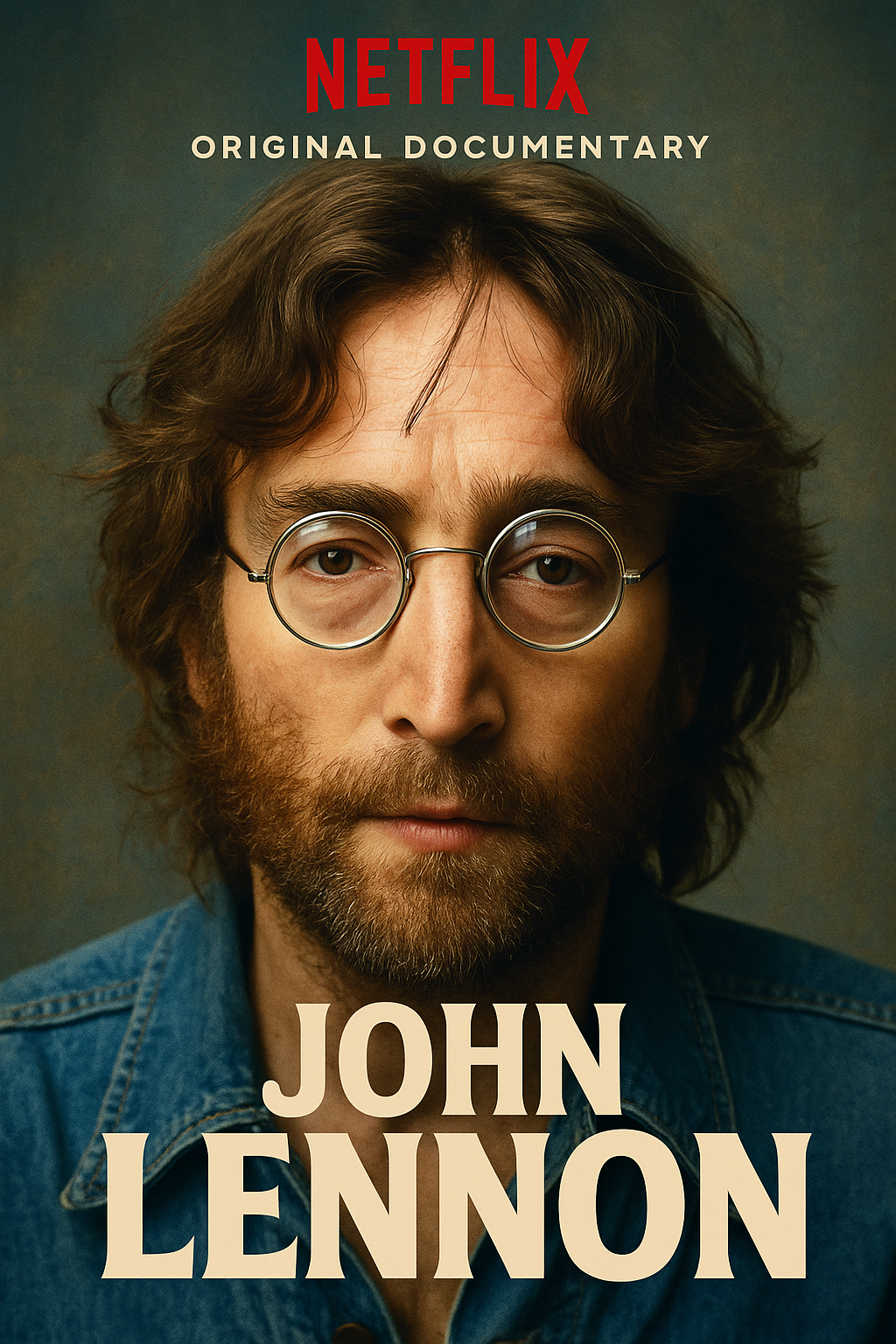Finally, Netflix has released the trailer for the highly anticipated documentary about The Doors, one of the most iconic and revolutionary rock bands of the 20th century. For years, fans of the group have longed for a modern, in-depth exploration of their music, their legacy, and their place in the turbulent cultural shifts of the 1960s. With Netflix’s reputation for delivering high-quality music documentaries, expectations for this release are understandably sky-high. The trailer confirms that this project is not just another rehash of the familiar story but rather a deep dive into the artistry and chaos that defined The Doors.
The preview opens with haunting visuals of Jim Morrison, the band’s enigmatic frontman, set against a backdrop of archival concert footage. His magnetic stage presence, which once mesmerized audiences around the globe, is as captivating as ever even in snippets. Intercut with these images are voices of surviving band members, reflecting on Morrison’s genius and unpredictability. The tone is both celebratory and reflective, a balance that promises to honor The Doors’ artistry while acknowledging the darker edges of their journey.
One of the most striking elements of the trailer is its use of restored, previously unseen footage. For longtime fans, the chance to witness candid moments behind the scenes feels like stepping into a time capsule. These glimpses of rehearsals, recording sessions, and life on the road add new dimensions to a story that has been told countless times but rarely with this level of intimacy. Netflix seems to be positioning this documentary not only as a tribute but also as a rediscovery.
The Doors’ music was never just about catchy rock tunes—it was poetry wrapped in sound. The trailer emphasizes this by highlighting Morrison’s lyrical brilliance and his fascination with literature, philosophy, and mysticism. Viewers can expect the film to explore how these influences shaped the band’s songs, from the hypnotic “Riders on the Storm” to the explosive “Break On Through.” This focus on the intersection of words and music is likely to resonate with both devoted fans and those newly discovering the band.
Beyond Morrison, the documentary also shines a light on the often-overlooked members of the group—Robby Krieger, John Densmore, and Ray Manzarek. The trailer includes heartfelt commentary from them, underscoring that The Doors were never just one man but a collaborative force. Their reflections add balance, reminding audiences that while Morrison may have been the face of the band, the sound was a collective creation. This recognition of each member’s role promises a richer, fuller narrative.
The release of the trailer also stirs broader cultural nostalgia. The 1960s were a decade defined by upheaval, protest, and artistic experimentation, and The Doors were right in the middle of it. Netflix appears to frame the band’s rise not only as a musical journey but as a mirror to the times. The visual montage of anti-war demonstrations, psychedelic imagery, and countercultural movements suggests that the documentary will place The Doors firmly within the larger story of an era.
What makes this project particularly exciting is Netflix’s track record with music storytelling. Past successes such as documentaries on Taylor Swift, Kanye West, and other musical giants have demonstrated the platform’s ability to blend artistry with accessibility. With The Doors, they have a subject rich with drama, philosophy, and unforgettable soundscapes. The trailer already conveys a cinematic quality, suggesting that the documentary will be as much a sensory experience as a historical account.
For those who grew up with The Doors’ music, this release is a chance to relive the magic and chaos of their heyday. For younger viewers, it offers an opportunity to discover why this band continues to influence artists across genres decades after their final album. The universal themes of rebellion, freedom, and existential searching remain as relevant today as they were in the 1960s, ensuring the documentary’s resonance with new generations.
The trailer also teases emotional weight, particularly when addressing Morrison’s untimely death at the age of 27. While the mystery and myth surrounding his passing have often overshadowed the music, Netflix appears committed to striking a balance—acknowledging the tragedy without letting it define the story. The focus, instead, seems to be on celebrating his contributions and understanding the pressures that come with such an extraordinary, short-lived career.
In addition to the archival material, the documentary will feature newly conducted interviews with key figures in The Doors’ orbit. This mix of old and new voices creates a dialogue across time, offering fresh perspectives while honoring the historical record. The trailer hints at candid stories that even longtime fans may not have heard before, adding to the sense of anticipation.
Netflix’s decision to release the trailer now also suggests a deliberate cultural moment. With interest in music history and nostalgia booming, the platform has likely timed the rollout to maximize impact. Social media buzz is already building, and fans are sharing their excitement across platforms, ensuring that by the time the full documentary drops, anticipation will be at a fever pitch.
Ultimately, the release of this trailer feels like the beginning of a cultural event rather than just another documentary premiere. The Doors remain one of the most fascinating and enduring bands in rock history, and Netflix’s treatment of their story promises to do justice to their complexity. If the trailer is any indication, audiences can expect a film that is both visually stunning and emotionally powerful—a fitting tribute to a band that redefined what rock music could be.
Do you want me to expand this blog post even further by adding context about Netflix’s production team, the expected release date, and how this compares to other Doors documentaries, or should we keep it purely focused on the trailer and cultural anticipation?



